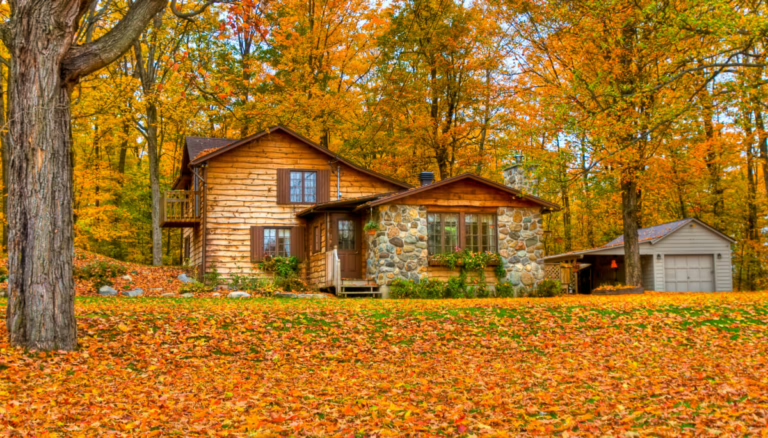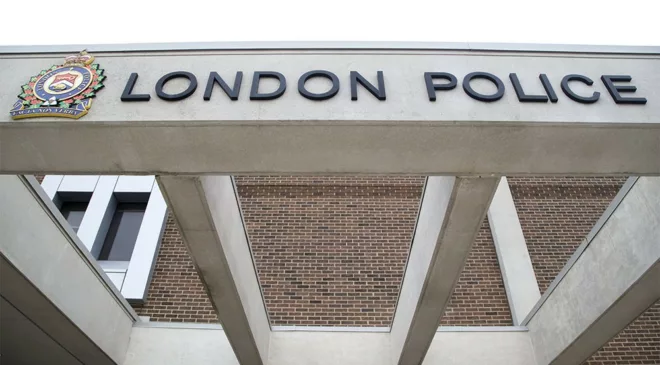Painting a concrete or brick exterior wall starts with some quiet meditation. Take a deep, cleansing breath and ask yourself, “Do I really need to paint it at all?”
Unpainted masonry needs very little maintenance, while slapping on the wrong paint adds regular upkeep and can cause damage. As latex and alkyd paints dry, they polymerize—small molecules hook up to form a film. That’s ideal for many materials, but in masonry, the film traps moisture, which freezes and can pop off, taking some of the surface with it.
Just because film-forming binders are common doesn’t mean they’re the only option. Limewash and silicate mineral paints are two masonry-friendly products that bond very strongly to a porous concrete and brick surface while remaining vapour-permeable—they breathe.
Limewash paints—think white stone houses on Greek islands—have been around for centuries and use slaked lime as the active ingredient. The lime reacts with CO2 to become, essentially, a porous limestone shell, which continues to harden over time. If you’re used to the consistency of latex paint, limewash will seem thin and watery, but it applies quickly and becomes more opaque as it dries.
Silicate mineral paints were developed in the 1870s, in part because the Bavarian king, Ludwig I, had once called for longer-lasting outdoor frescoes north of the Alps. The binding agent, potassium silicate, fuses with concrete surfaces below and is naturally UV resistant. Some 19th-century European buildings decorated with first-generation silicate mineral paints are still looking good today.
Silicate mineral and limewash paints can be hard to find and, because the binders are bright white, the colour selection in some brands is limited to pastels and pale neutrals. And they don’t usually work well on wood or plastic. But their exceptional durability (20-year guarantees are common), breathability, and historic track record mean you’ll have lots of time for quiet, worry-free contemplation.






+ There are no comments
Add yours